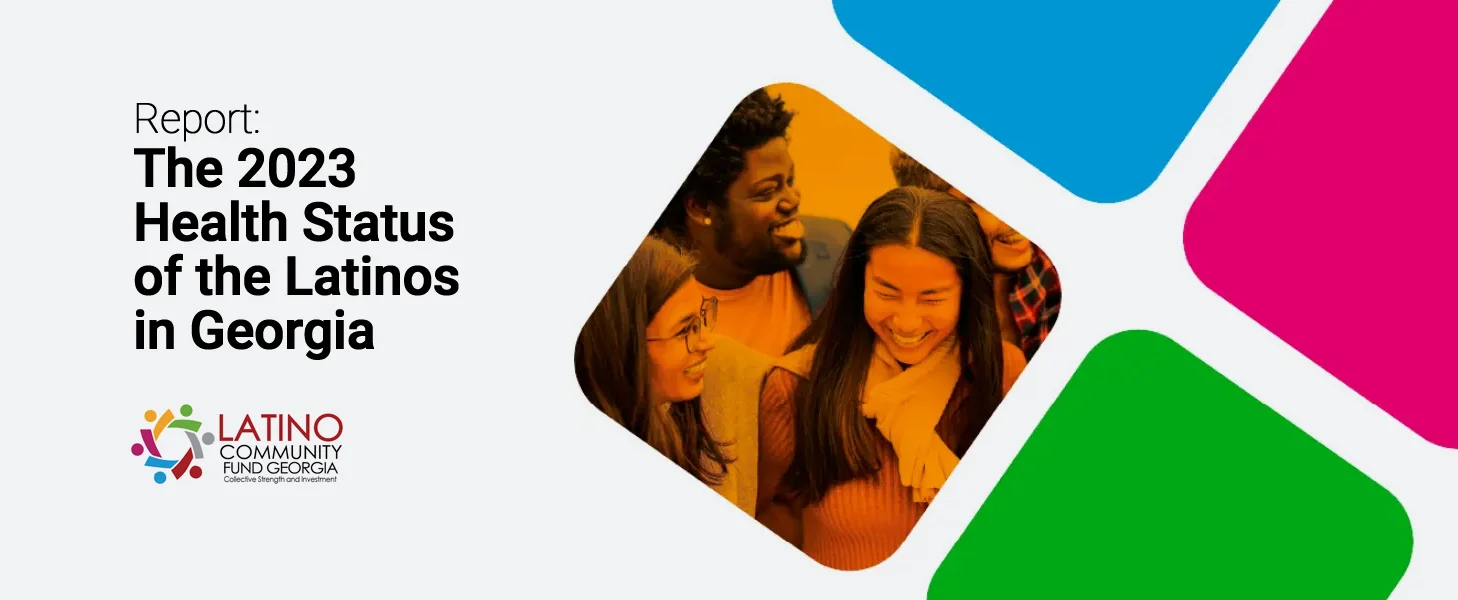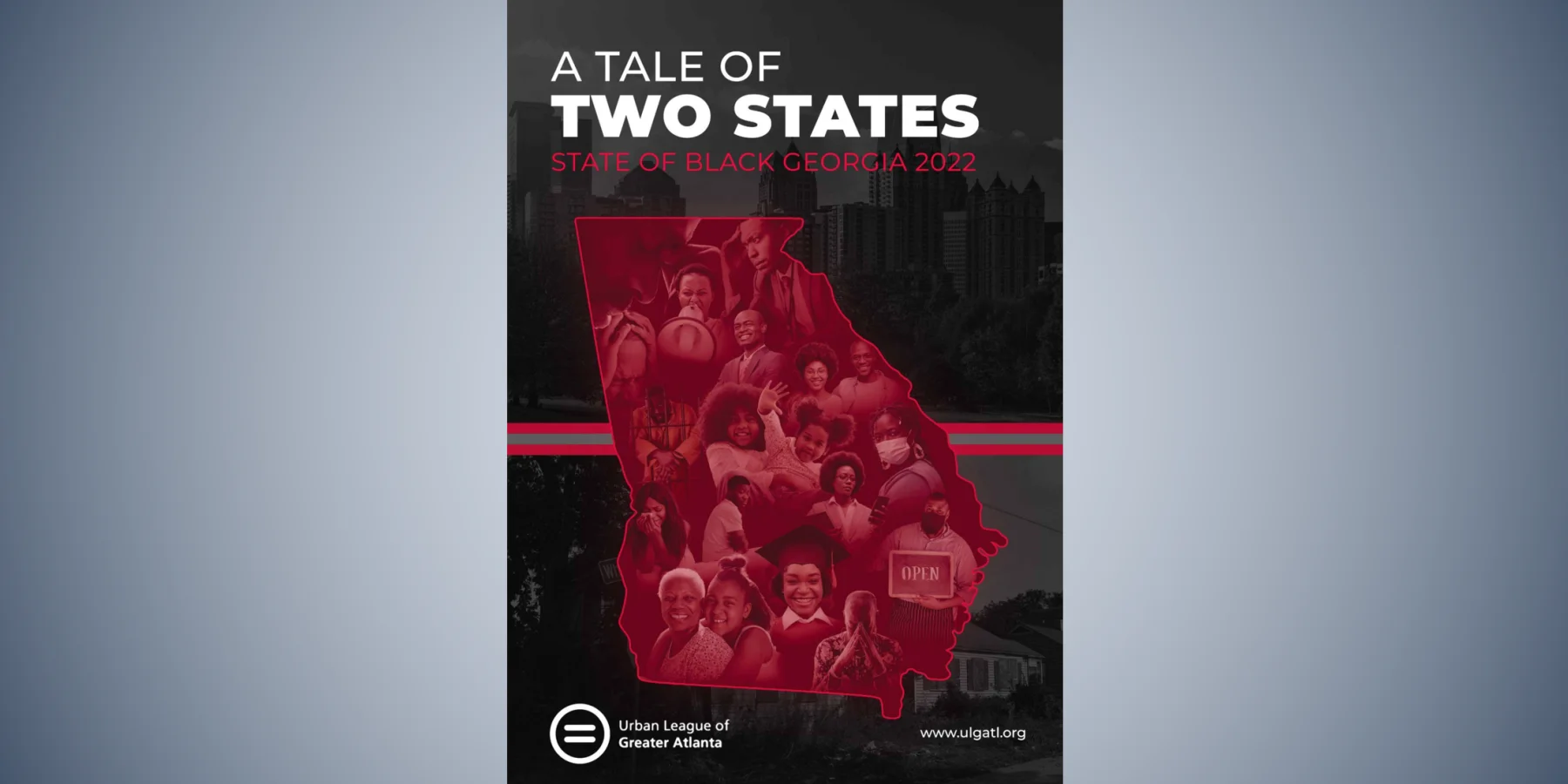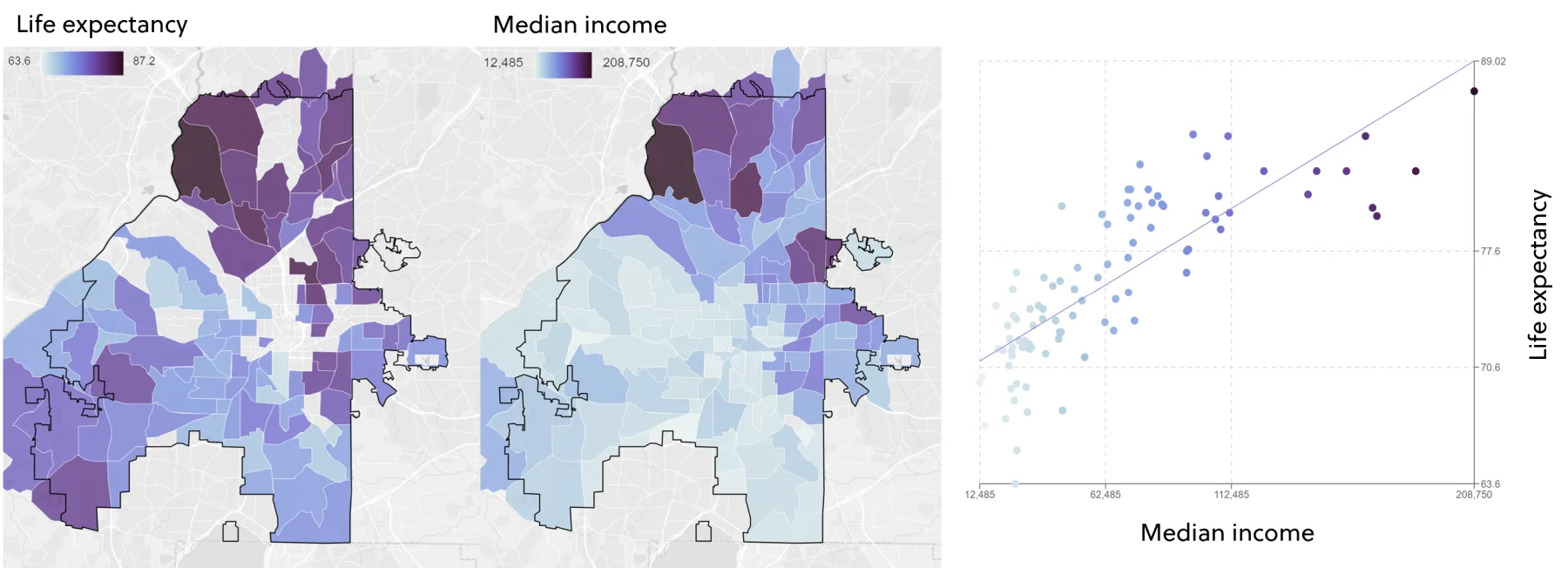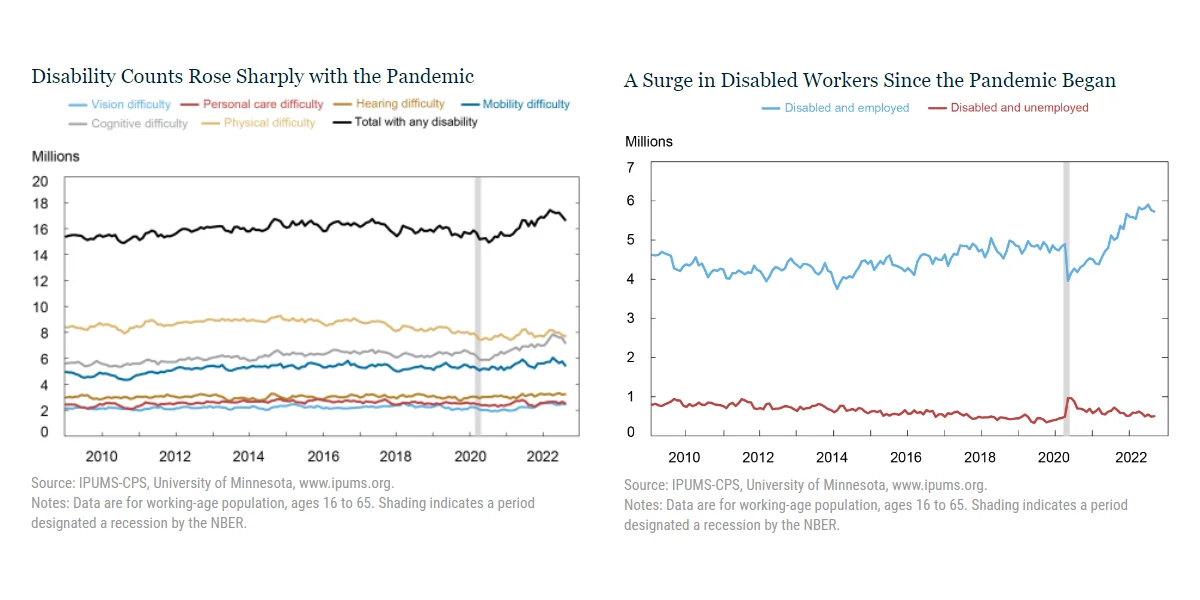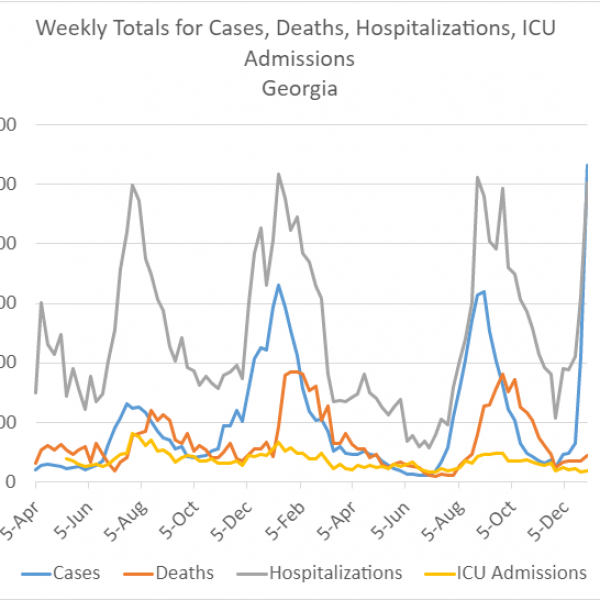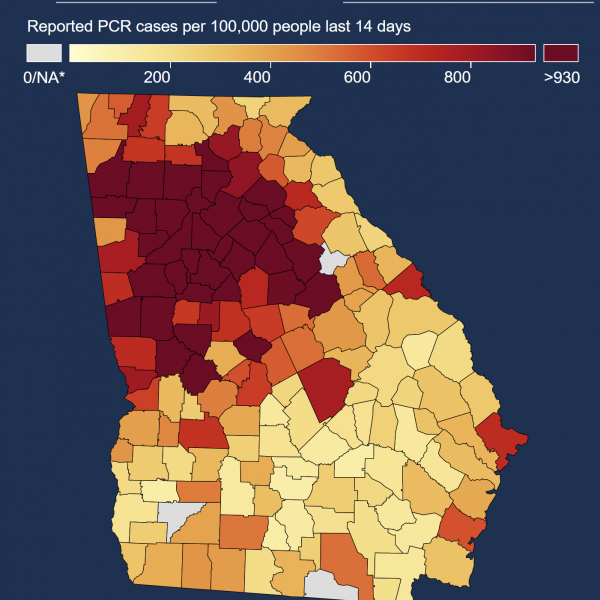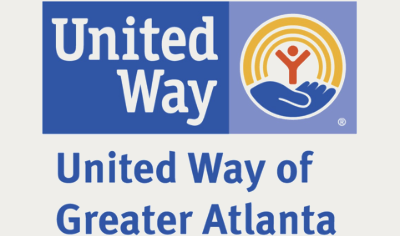Breaking access barriers is key to address health concerns of Latinos in Georgia
The Latino Community Fund of Georgia (LCF) published a thorough report on the health conditions of the Latino community in the state. The publication uses data to provide a detailed view into the health status of the community in different areas, including chronic disease, mental health, and maternal and child health.
Key findings:
- Immigration status and lack of health insurance are primary factors limiting access to preventive and early intervention services for Hispanics/Latinos.
- Diabetes and Hypertension among Hispanics/Latinos in Georgia exceeds the state average.
- Special attention is needed for farmworkers and Mayan communities in Georgia, as the lack of baseline health information.
- Anxiety, depression, and other mental health issues are a serious concern for Hispanics/Latinos.
- The Hispanic/Latino community in Georgia faces high rates of maternal mortality and morbidity and lower rates of prenatal care.
- Recent years have seen a decline in the life expectancy of the Hispanic/Latino community, particularly due to the impact of COVID-19.
- Strong community networks offer valuable opportunities for health workers and community workers to expand education and vetted, credible health information for Hispanics/Latinos.
- Hispanics/Latinos have a very high rate of workforce participation and entrepreneurship. However, 1 in 6 Latinos lives in poverty.


